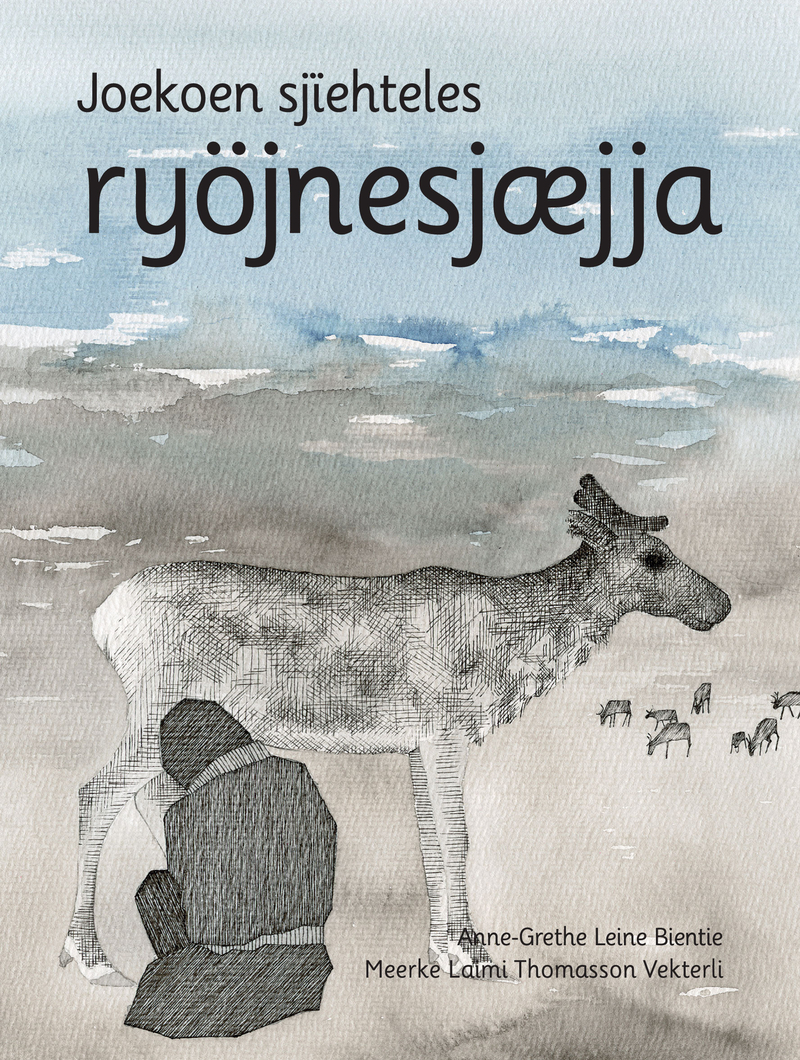Anne-Grethe Leine Bientie and Meerke Laimi Thomasson Vekterli (ill.)

Joekoen sjïehteles ryöjnesjæjja (in English, “A really good reindeer herder”) is a story about being little but having great responsibility. Due to unfortunate circumstances, the little boy Jaahke is left to fend for himself in the mountains while tending the family’s herd of reindeer. He eventually becomes cold, lonely, and scared that the wolves will come. Although Jaahke is scared, hungry, and wet, he doesn’t once leave the herd. He tries to be patient, steadfast, and responsible. He gathers the herd at a foreland and keeps them there safely for the night. He tries to fish but doesn’t catch anything. He knows that if he can milk one of the female reindeer, he’ll have food both for himself and his best friend and helper, the dog. Fortunately, Jaahkes’s herd is tame. In the end his father returns, but Jaahke doesn’t tell anyone how hungry and scared he has been. His father understands that Jaahke found it tough going. He lauds Jaahke and says that he has been a really good reindeer herder.
Joekoen sjïehteles ryöjnesjæjja portrays how over time Saami children have been raised to demonstrate independence and responsibility, while also offering a fascinating insight into the experiences, feelings, and dilemmas of the children themselves. The story is told from the child’s point of view, showing how Jaahke addresses the challenges he faces.
Although the South Saami text uses relatively few words, the story is well told and poetic. The book’s illustrations are beautiful and in harmony with the narrative, elevating Jaahke’s experience of the situation. The pictures help the reader see how little the child is compared to his mighty natural surroundings and so draw the reader closer to the child’s experience. At the same time, the text and images give readers the opportunity and the space to think for themselves, stimulating their own thoughts and imagination.